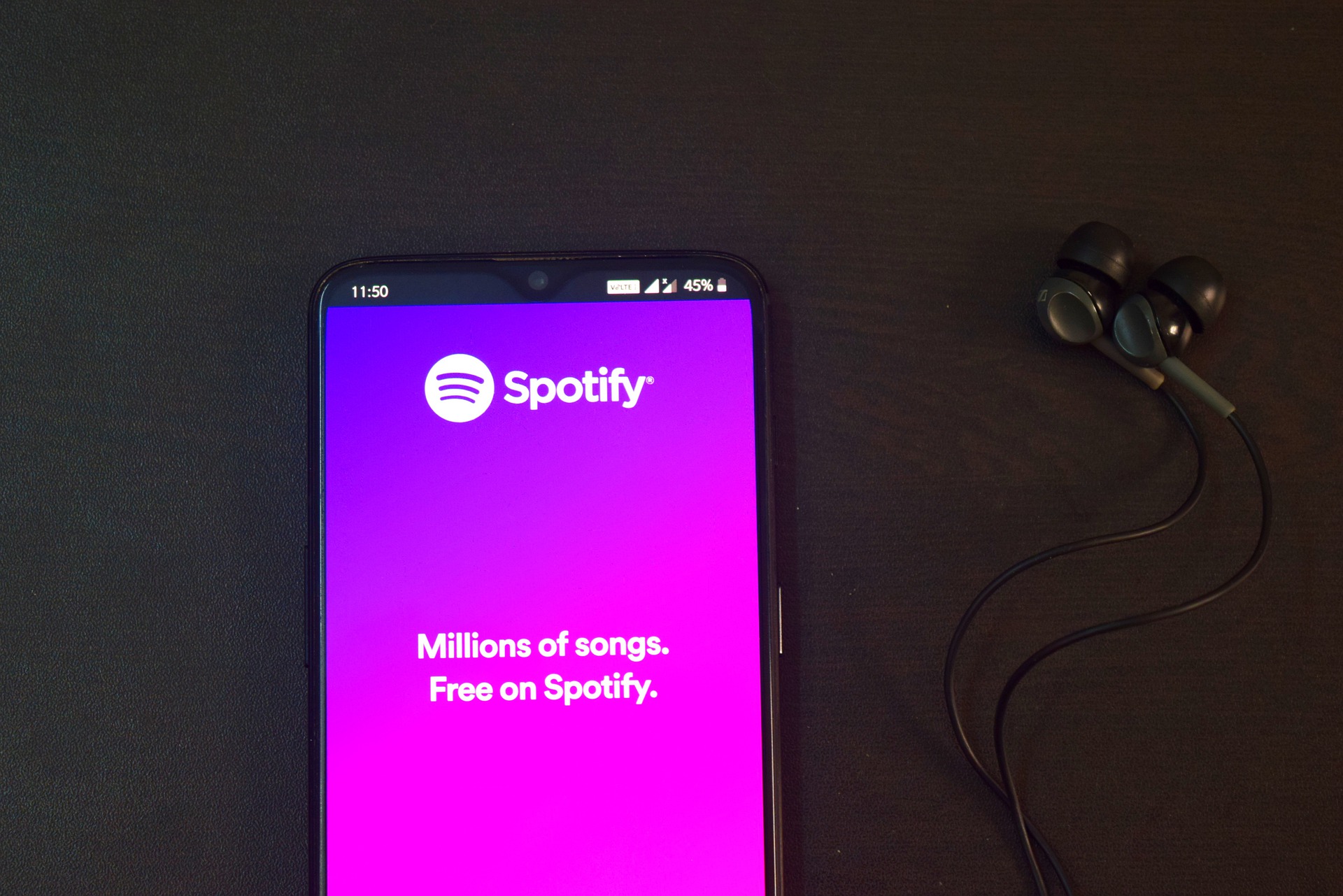The music industry has been shifting for some time now, and the emergence of the coronavirus pandemic has played a huge factor in this in the past year. The pandemic has dealt a huge blow to live music and artist tours, and this has forced these artists to get a bit more creative on earning money in 2020. A few statistics that truly showcase the changing consumer tastes in recent years were recently released by the Recording Industry Association of America (RIAA). The RIAA’s most recent figures showed that a whopping 85% of all of the money made from recorded music is due to streaming. The good news that comes with this is that the revenue generated from the recorded music during 2020’s first half is actually up.
For many, this huge percentage should come as no real surprise. The reasons that streaming is up are numerous. First off, streaming services like
Spotify, Pandora, Apple Music, Amazon Music, and others have been on the upswing for years, while digital downloads and physical sales have increasingly declined. Digital downloads, the preferred way of purchasing music about a decade ago, is down to just 6% of revenue with physical sales coming in at just 7%. Paid subscriptions are up 24% in the past year, according to the RIAA. There has been a well documented re-emergence of vinyl records in recent years, but they still dwarf the number of people streaming music these days. In fact, vinyl and physical sales declined by a combined total of 23% in 2020.
In addition, millions upon millions of people have been stuck in their own homes for the better half of the past year. This means these people have been searching for different forms of entertainment to stay busy, and they are probably more likely to stream music while at home than in a more formal work environment. Not being able to go see live music also means more time streaming it for many people.
Thirdly, most people now own a mobile device of some kind that has the capability to stream music without any real issues. The technology has improved to a point where it is much more feasible for the average person to be able to use these aforementioned services. These mobile devices have replaced iPods and MP3 players and the even more outdated CD players to have the ability to access the internet and a wider assortment of music. They also have the ability to store much smaller files in offline modes and not take up nearly as much hard drive space (or actual shelf space when it comes to physical recordings) as typical digital downloads.
Finally, streaming services are cheap and quick. They are often available for about $10 per month (less than one vinyl record, basically) and can be accessed immediately. They encourage more music discovery and easy sharing too. There is no record store shopping or need to go into stores, and consumers prefer this especially in a pandemic.
A look at the numbers
All of these reasons have led to a 12% boost in money generated from streaming music and totaling approximately $4.8 billion in the first half of 2020. The total revenue in 2019 was about 80% and it could easily be in the upper 80’s when the full year report comes out in March 2021. This number would be even higher if not for decreasing ad sales because of the pandemic. Advertising supported streams raked in $550 million while the premium subscription services that users pay for month to month totaled $3.4 billion in 2020’s first half.
For many artists, this move towards streaming represents a huge problem. There has been great controversy over platforms like Spotify for years, especially from artists who don’t believe they are compensated enough for streams of their music. Spotify’s CEO Daniel Ek recently addressed the dispute, asserting, “There is a narrative fallacy here, combined with the fact that, obviously, some artists that used to do well in the past may not do well in this future landscape, where you can’t record music once every three to four years and think that’s going to be enough.”
Good news for the RIAA
The good news is that streaming has contributed to an overall upswing in revenue for the RIAA. The first half of the year brought in a grand total of $5.7 billion in recorded music revenue, which equates to roughly $11 billion over the course of an entire year. This is an increase of about 5.6% for the entire recorded sector of the music industry in the last year.
This is music to the ears of the RIAA who have witnessed one change after another in consumer habits these past few decades. Of course, the RIAA most famously went to war with Napster and file sharing in the early 2000’s because of the imminent threat that piracy would have on paid record sales. The emergence of file sharing and illegal downloads did take a huge bite out of overall record sales, and they still have not disappeared by any means.
Napster and the like were combatted by iTunes and digital downloads, but they did not provide as ideal of a long-term situation for the music industry. These digital downloads did make a lot of money and were the main way of purchasing music up until the recent emergence of streaming, but they did not come close to the sales numbers generated by traditional physical recordings. Many people just bought the singles for a dollar or two and neglected the rest of the artist’s album.
The Times They Are A-Changin’
However, times have changed and many consumers are now opting to pay a minimal fee or stream for free with ads for its many aforementioned benefits. There are now more than 72 million people who pay subscription fees for streaming music, and that number should continue to grow in the near future. The popularity of podcasts is one of the biggest things in this space to keep an eye on as companies like Spotify have been placing a priority on this content in addition to music. As Bob Dylan once said, “The Times They Are A-Changin'” and this certainly befits the music industry.






